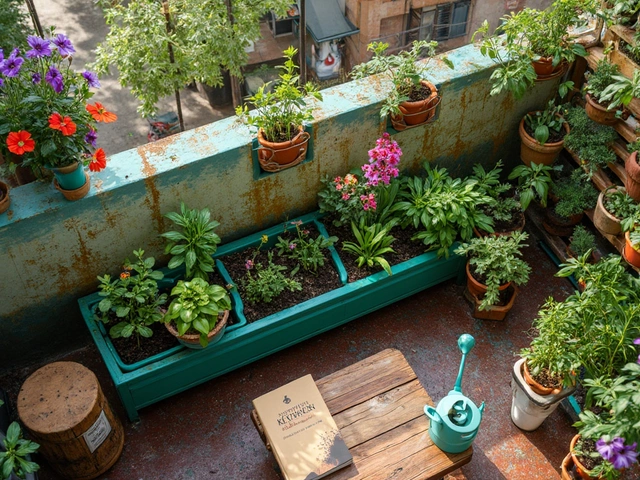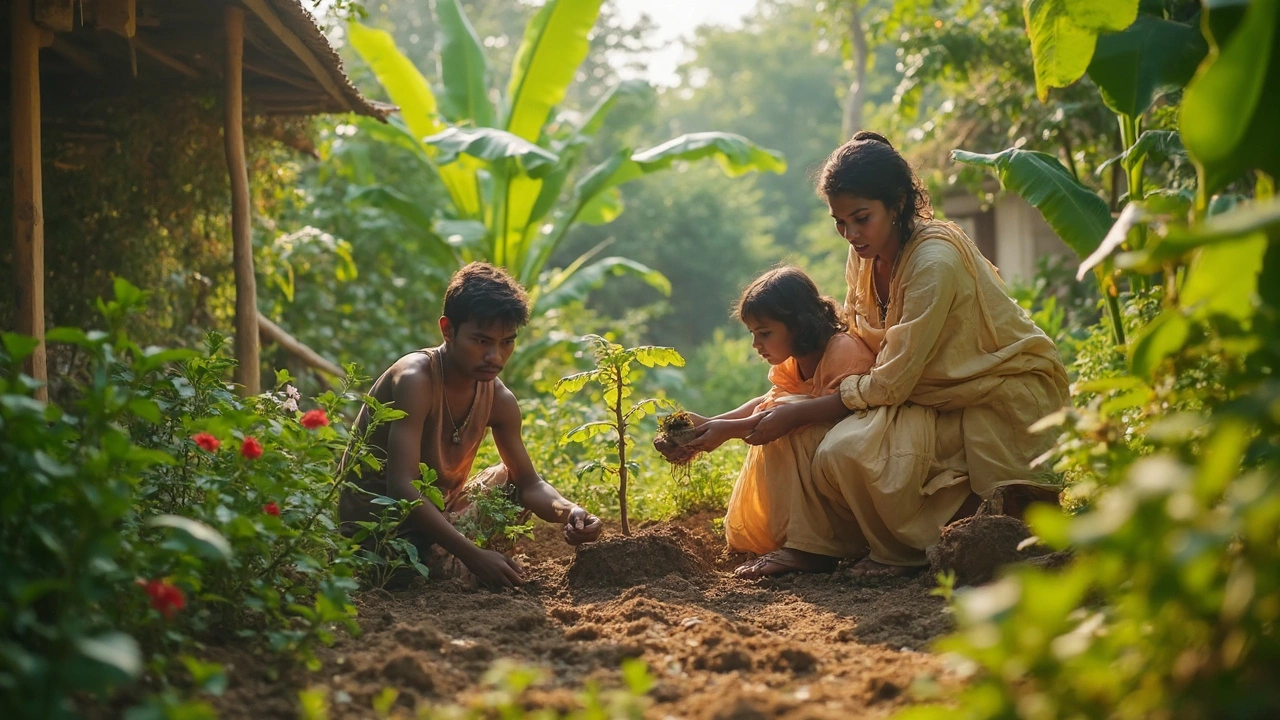Ecosystem Garden: How to Create a Self‑Sustaining Outdoor Space
Ever wish your garden could take care of itself? An ecosystem garden does exactly that. By letting plants, soil, water, and wildlife work together, you get a greener yard that needs less fuss.
Why an Ecosystem Garden Works
In a natural ecosystem, every piece has a job. Native plants attract pollinators, which means more fruit and fewer pests. Healthy soil holds water, so you waste less. When you duplicate that balance, you cut down on chemicals, watering, and time spent weeding.
Think of it as a team sport. One plant may trap nitrogen, another provides shade, and earthworms turn organic waste into rich compost. The result is a garden that stays productive year after year.
Simple Steps to Start Your Ecosystem Garden
1. Pick the right plants. Choose species that are native to your region. They already know the climate, soil, and pests, so they grow strong with little aid. Add a few hardy perennials, a mix of grasses, and some flowering shrubs to attract bees and butterflies.
2. Build soil life. Start with a thin layer of compost or well‑rotted manure. Mix it into the top 6‑8 inches of soil. Add a handful of leaf litter or straw each year – it feeds microbes and keeps moisture in.
3. Use water wisely. Install drip irrigation or soaker hoses. Bury drip lines a few inches deep; they deliver water right to the roots and reduce evaporation. Collect rainwater in barrels to cut down on tap usage.
4. Add companion plants. Pair veggies or herbs that help each other. For example, plant basil near tomatoes to repel flies, or grow marigolds beside beans to keep nematodes away. This natural pest control means fewer sprays.
5. Create habitats. Leave a corner of the garden a bit wild. Piles of logs, stone crevices, or a small pond give frogs, birds, and beneficial insects a home. They eat pests and spread pollen, boosting garden health.
6. Mulch everything. A layer of straw, wood chips, or shredded leaves blocks weeds, conserves water, and slowly breaks down into soil. It’s a simple habit that pays off big time.
Putting these steps together doesn’t take a full season. Start with one bed, watch how it changes, then expand. The more you observe, the better you’ll know what works for your space.
Even small changes matter. Switching a few lawn squares to clover reduces mowing and adds nitrogen to the soil. Replacing chemical fertilizer with a compost tea gives plants the nutrients they crave without runoff.
Finally, keep an eye on the garden’s rhythm. Notice when plants bloom, when insects appear, and how the soil feels after rain. Adjust watering, add new native species, or rotate crops as needed. The garden will reward you with more growth and less work.
Ready to give it a try? Grab a handful of compost, set up a drip line, and plant a few native flowers. In weeks you’ll see bees buzzing, soil staying moist, and weeds disappearing. That’s the power of an ecosystem garden – a low‑maintenance, high‑reward outdoor space that looks good and does good.
Ecosystem Garden: How to Build a Self-Sustaining Backyard Habitat
Building an ecosystem garden turns your backyard into a mini nature sanctuary. By copying how nature works, you invite wildlife, save water, and skip harsh chemicals. This guide breaks down the steps, from planning to planting, for any size yard. Discover practical tips, smart plant choices, and small changes with a big impact. Get ready to create a space that feels wild and alive, right outside your door.
About
Sustainable Gardening
Latest Posts


How Much Space Do You Need for a Kitchen Garden?
By Alden Thorne Mar 7, 2025

How Many Acres of Rice Are Needed to Feed One Person?
By Alden Thorne Oct 28, 2025

Which Country Is 100% Vegetarian? Real Answers for Plant Lovers
By Alden Thorne May 22, 2025

